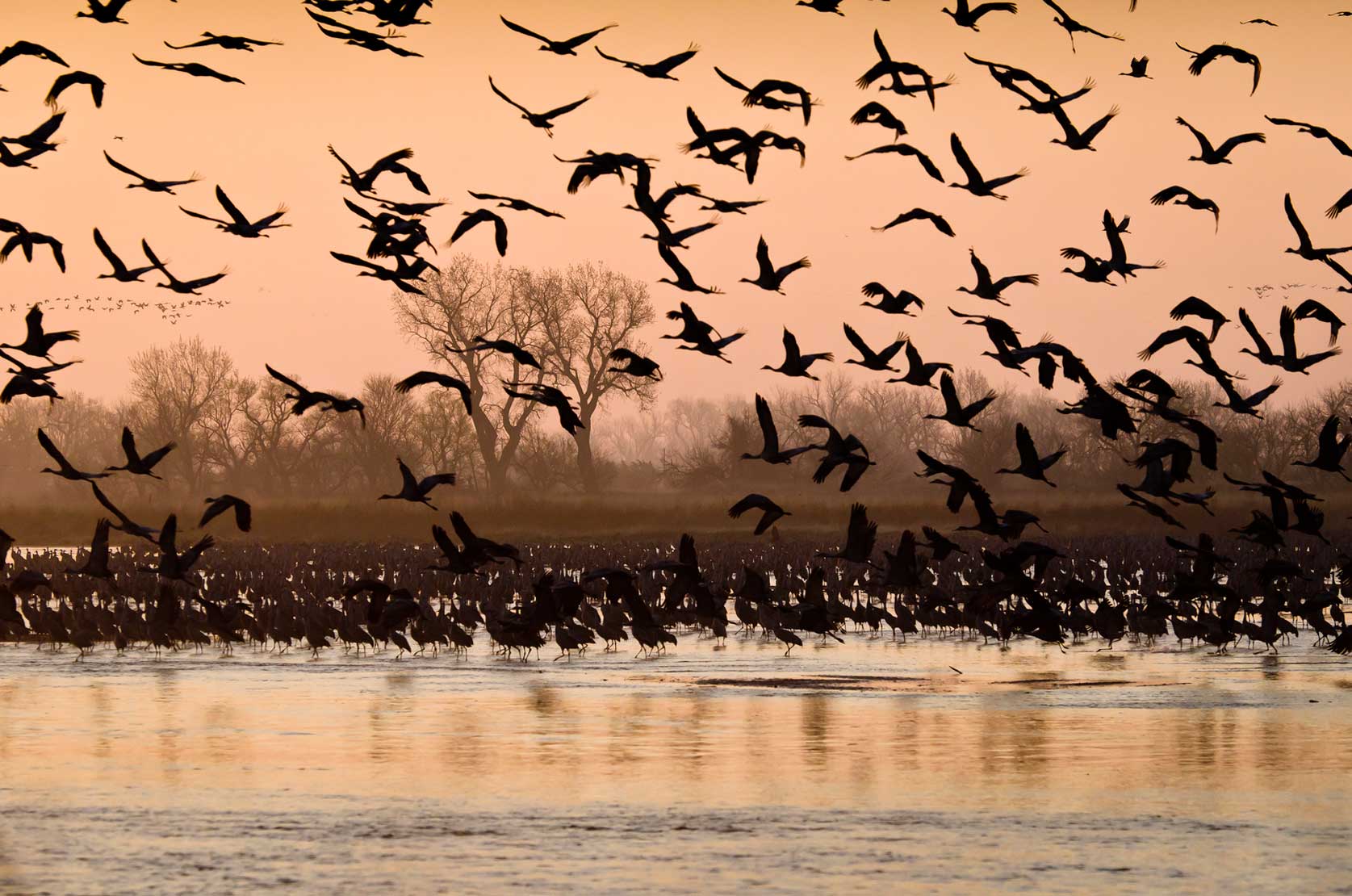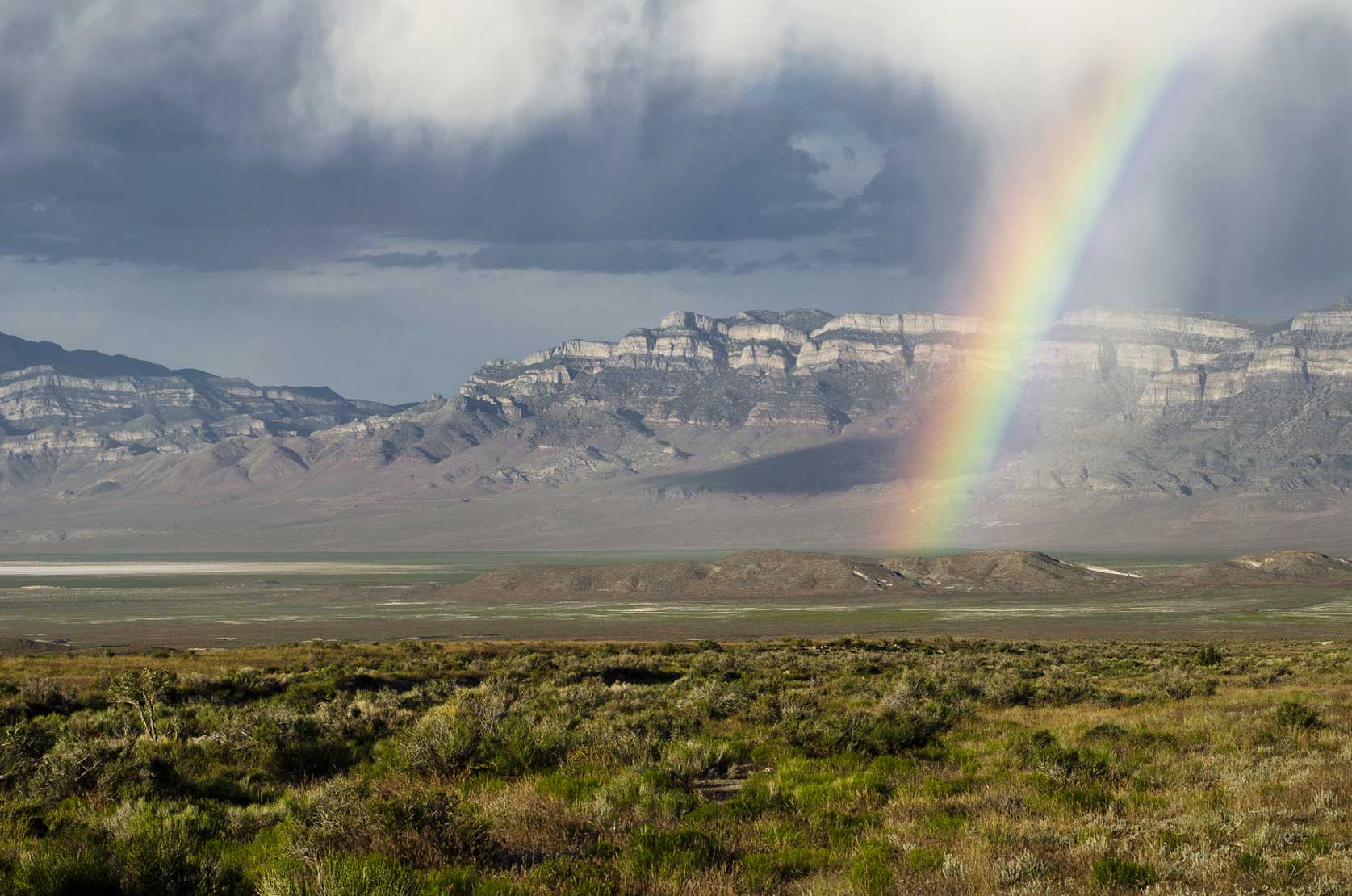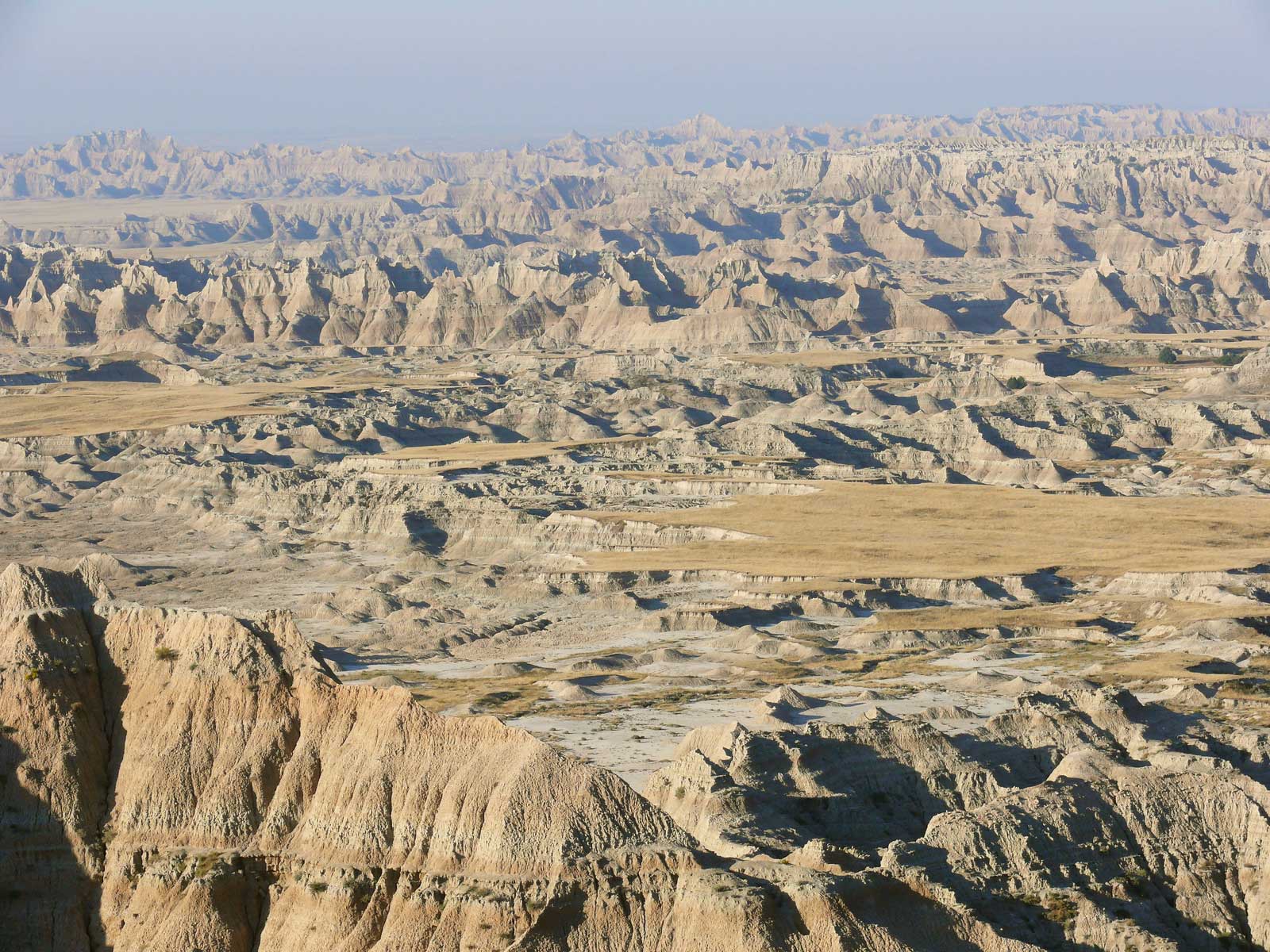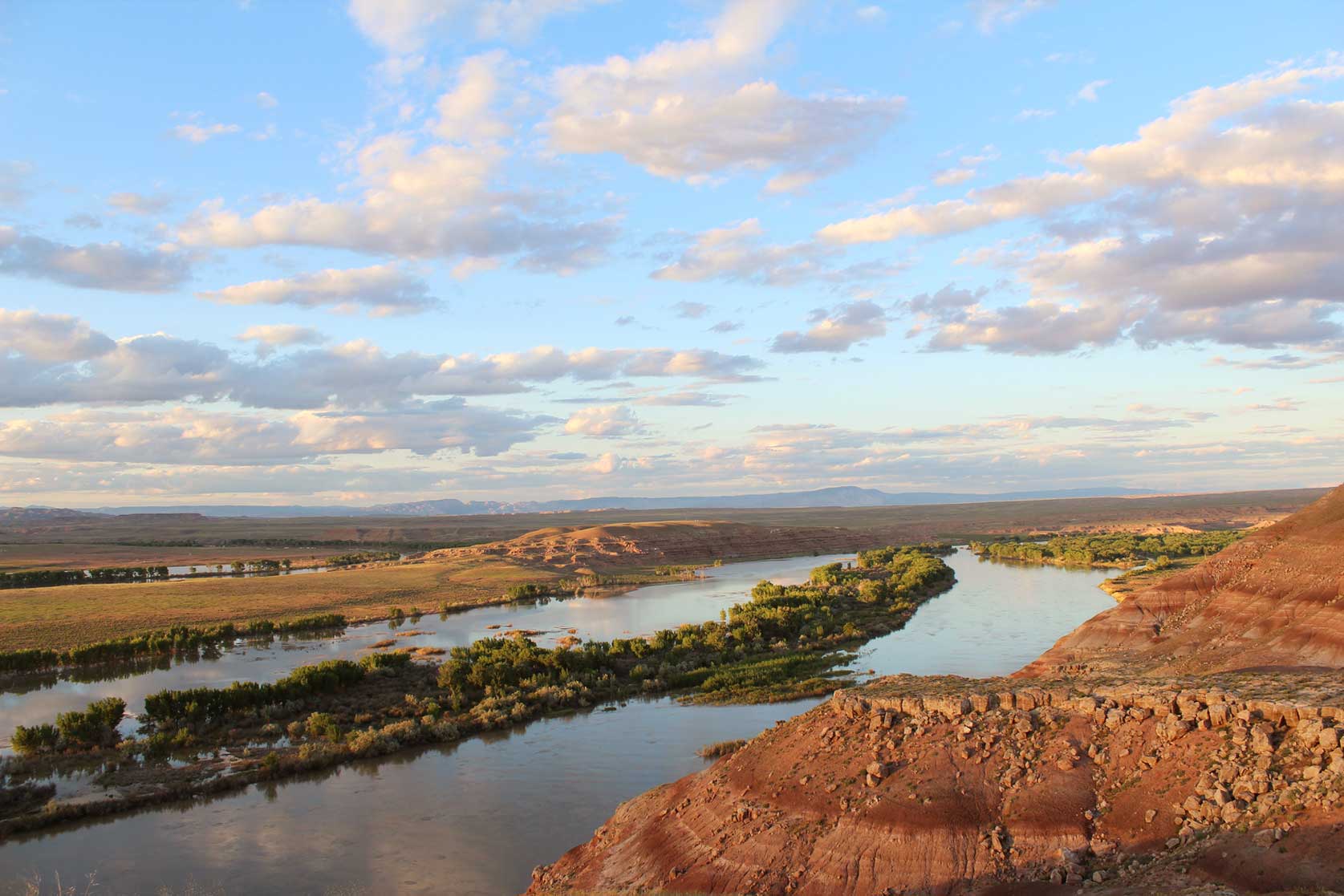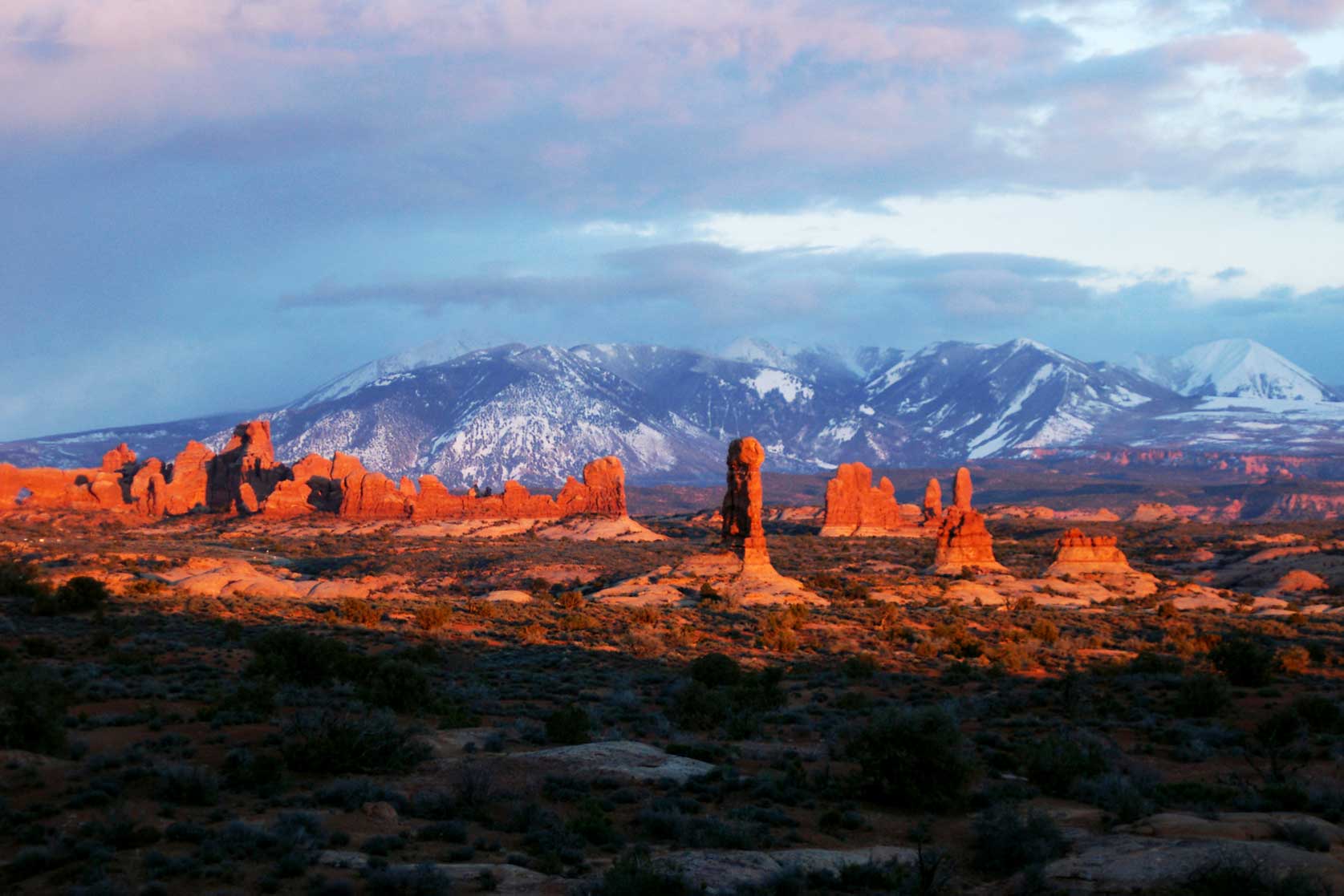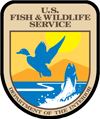- Home
-
Welcome to Region 6

The Mountain-Prairie Region consists of 8 states in the heart of the American west including Colorado, Kansas, Montana, Nebraska, North Dakota, South Dakota, Utah and Wyoming.
- About Us
- Contact Us
- Regional Leadership
- FOIA Reading Room
- USFWS FOIA
-
-
Science
-
Science

The U.S. Fish and Wildlife Service has a long tradition of scientific excellence and always uses the best-available science to inform its work to conserve fish, wildlife, plants, and their habitat for the benefit of the American public.
- Climate Change
- Landscape Conservation
- Peer Review
- Surrogate Species
- Greater Sage Grouse Research
- Contact Us
-
- Refuges
-
National Wildlife Refuges

Where Wildlife Comes First
Created in 1903 by President Theodore Roosevelt, today's National Wildlife Refuge System protects habitats and wildlife across the country, from the Alaskan tundra to subtropical wetlands. Managed by the U.S. Fish and Wildlife Service, the Refuge System's 560-plus refuges cover more than 150 million acres and protect nearly 1,400 species of birds, mammals, reptiles, amphibians, and fish.
While national wildlife refuges were created to protect wildlife, they are for people too. Refuges are ideal places for people of all ages to explore and connect with the natural world. We invite you to learn more about and visit the national wildlife refuges and wetland management districts in Colorado, Kansas, Montana, Nebraska, North Dakota, South Dakota, Utah, and Wyoming.
- Visit a Refuge or District
- Cultural Resources
- Fire Management
- Refuge Planning
- Realty
- Habitat and Population Evaluation Team (HAPET)
- Biological Resources
- Law Enforcement
- Partners for Fish and Wildlife
-
- Ecological Services
-
Ecological Services

The Mountain-Prairie Region's Office of Ecological Services (ES) works to restore and protect healthy populations of fish, wildlife, and plants and the environments upon which they depend. Using the best available science, ES personnel work with Federal, State, Tribal, local, and non-profit stakeholders, as well as private land owners, to avoid, minimize, and mitigate threats to our Nation's natural resources.
- Field Offices »
- Endangered Species
- Energy
- Environmental Contaminants
- Natural Resource Damage Assessment & Restoration
- National Wetlands Inventory
- Conservation Planning
- Contact Us
-
- Migratory Birds
-
Migratory Birds

Providing leadership in the conservation of migratory bird habitat through partnerships, grants, and outreach for present and future generations. The Migratory Bird Program is responsible for maintaining healthy migratory bird populations for the benefit of the American people.
- Regional Priority Species
- Focal Species
- Duck Stamps
- Migratory Bird Treaty Centennial
- Joint Ventures
- Permits
- WSFR
-
- Fish & Aquatic
-
Fish and Aquatic Conservation

The U.S. Fish & Wildlife Service Fish and Aquatic Conservation Program in the Mountain-Prairie Region helps conserve, protect, and enhance aquatic resources and provides economically valuable recreational fishing to anglers across the country. The program comprises 12 National Fish Hatcheries.
- Home
- Offices & Hatcheries
- Fish & Aquatic Species
- Aquatic Invasive Species
- Programs
- Resources
- Contact Us
-
- Law Enforcement
-
Law Enforcement

Law enforcement is essential to virtually every aspect of wildlife conservation. The Office of Law Enforcement contributes to Service efforts to manage ecosystems, save endangered species, conserve migratory birds, preserve wildlife habitat, restore fisheries, combat invasive species, and promote international wildlife conservation.
- Laws Enforced
- Import/Exports
- Permits
- OLE Regional Offices
- OLE National HQ
- Contact Us
-
- External Affairs
-
External Affairs

External Affairs staff in the Mountain-Prairie Region of the U.S. Fish and Wildlife Service provides support to the regional office and field stations to communicate and faciliate information about the Service's programs to the public, media, Congress, Tribes, partners, and other stakeholders in the 8-state region.
- News & Releases
- Campaigns
- Social Media
- Tribal
- Fact Sheets
- Imagery
- Contact Us
-
Partners for Fish & Wildlife - North Dakota
Overview | Accomplishments | Focus Areas | Agriculture, Wildlife & Land Use | Contacts | Open / Close All
-
.jpg)
Sage-grouse. Credit: USFWS.
-
.jpg)
North Dakota brood wetland. Credit: USFWS.
-
.jpg)
Soil probe. Credit: USFWS.
-
.jpg)
Predator fence. Credit: USFWS.
-

Waterfowl nest. Credit: USFWS.
-
.jpg)
Wetland creation. Credit: USFWS.
-
.jpg)
Wetland restoration. Credit: USFWS.
-

Wetland restoration project. Credit: USFWS.
Located in the heart of the Prairie Pothole Region, North Dakota contains wetland densities exceeding 150 wetlands per square mile in many areas.
The Prairie Pothole Region is legendary as North America’s foremost producer of ducks. And North Dakota, the top duck producing state in the Nation, lies in the heart of this region. Wetland densities in North Dakota commonly reach as high as 100-150 wetlands per square mile, making it not only an important breeding area for ducks, but also a key breeding and migratory area for over 70 wetland-dependent migratory bird species. With over 90% of North Dakota lands in private ownership, the North Dakota Partners for Fish and Wildlife Program is one of the U.S. Fish and Wildlife Service’s most important programs to restore and maintain habitat for migratory bird populations in the Central Flyway.
Goals | Priorities | Guidelines | Technical Assistance | Habitats | Conservation Strategies | Wildlife Extension Agreements | Partners
Since 1987, the North Dakota Partners for Fish and Wildlife Program has matched federal funds with donated private funds and North American Wetland Conservation Act grants to restore, create, and enhance wildlife habitat on more than 144,000 acres of private land in the state (equal to 225 square miles).
The Partners Program boasts projects in all 52 counties of North Dakota, in cooperation with 2,753 farmers and ranchers, who themselves have donated over $1 million in direct payment and hands-on work to develop new habitat and to initiate conservation-oriented agricultural practices that benefit wildlife.
Goals
The goals of the North Dakota Partners Program serve to enhance wildlife populations and the Fish and Service's ability to fulfill its mission in other programs, particularly the National Wildlife Refuge System. They are:
- Restore and enhance wildlife habitat to meet goals and priorities of national and state-level plans
- Seek and maintain active partnerships with other entities to maximize cost distribution and coordinated efforts.
- Implement habitat enhancement that harmonizes with agricultural operations as much as possible for long-term acceptance.
- Develop positive, cooperative relationships with as many landowners as possible.
Priorities
Priorities for North Dakota Partners activities are aligned with those of Fish and Wildlife Service priorities and our partners, and tie directly to restoration and management of federal trust species. They are (in priority order):
- Restore, enhance and establish habitat for Endangered and Threatened Species.
- Restore, enhance and establish habitat for Declining Species and Species of Special Concern.
- Restore, enhance and establish habitat for other Migratory Birds.
Guidelines
For the most part, guidelines for implementation of the North Dakota Partners Program are based on population goals, and planned for and implemented across large landscapes. The following plans and policies are used to establish goals and priorities of the Program.
- Recovery Plans for Endangered and Threatened Species
- Population objectives of the North American Waterfowl Management Plan, under frameworks developed by the Prairie Pothole Joint Venture Management Board and the Northern Great Plains Joint Venture Management Board, with specific habitat objectives developed under the "multi-agency approach to planning and evaluation", defined for each Fish and Wildlife Service Wetland Management District in North Dakota.
- Objectives of the Fish and Wildlife Service Ecosystem Plan for the Region 6 portion of the Missouri River and Hudson Bay Watersheds.
- Partners in Flight Bird Conservation Plans for their Northern Mixed Grass Prairie, Northern Tallgrass Prairie and West River Physiographic Regions.
- United States Shorebird Conservation Plan.
- Existing programs, policies and priorities of the Fish and Wildlife Service and the National Wildlife Refuges System.
Technical Assistance
Vast amounts of data and information exist to direct habitat management in the Prairie Pothole Region. The Partners Program utilizes proven habitat practices that benefit wildlife and can be incorporated into an established agricultural operation to assure projects remain in place for the long term. In most instances, the level of assistance provided by the Partners Program is first determined with checklists developed to assure that the location and extent of our work is effectively tied to Program goals and priorities. The four most common types of projects implemented by the North Dakota Partner Program and its partners include:
-
Hydrological restoration of drained wetlands. Wetlands are restored by the North Dakota Partners Program through the installation of ditch plugs or by filling shallow, excavated ditches leading out of drained wetlands. Natural revegetation occurs within the first year following restoration of hydrology, primarily due to the rich seed source from surrounding wetlands and the revival of viable yet dormant seed bank in the wetland soils.
Approximately 30% of all wetlands restored by the Partners Program are perpetually protected with a Fish and Wildlife Service Wetland Easement at a cost of approximately $50-$100 per acre. North Dakota Partners Program restorations are some of the most economical in the country. - Restoration of native prairie vegetation on cropland. The North Dakota Partners Program provides seed and technical assistance while the landowner provides the inkind services to replant native grasses and forbs on the same land. Upland restoration and enhancement consists mainly of seeding cropland to native, mixed-grass species such as western wheatgrass, green needlegrass, little bluestem.
- Establishment of rotational grazing systems on degraded native prairie. This type of project is done to maintain adequate patch size required by a variety of grassland birds, and to restore, through timely management of grazing, the native prairie flora that otherwise would be further reduced by the pre-existing grazing method. Rest-rotation grazing systems on native rangeland allow up to a full year’s rest for rotating cells.
- Establishment of new wetlands. The nature of the Northern Great Plains, including numerous watersheds, abundant grass and low Predation rates, provides the Partners Program with exceptional opportunities for establishment of headwater wetlands that enhance breeding and migrational habitat for numerous wildlife species.
Conservation Strategies
Threats | Conservation Strategies
Threats - « Back to section top
The key ingredients to maintaining viable populations of migratory birds are large blocks of grassed nesting cover and numerous pothole wetlands. Production agriculture, the number one economic activity in North Dakota, continues to place great pressure on both. The vast majority of North Dakota farmers and ranchers readily recognize the contribution that wildlife and habitat provide to their quality of life--it is the rare North Dakota farmhouse that does not house at least one shotgun or fishing pole.
However, with most farmers and ranchers suffering marginal profit margins for several years due to low grain prices and unusual climatic conditions, their ability to restore and conserve wildlife habitat has taken a back seat to keeping the farm or ranch solvent. Many bankers often look closely to assure every acre is being maximized for economic return before giving annual operating loans.
The results of these bad economic times for farmers and ranchers are seen in continued conversion of native grasslands to crop production and intensive cropping practices that contribute to the degradation of prairie pothole wetlands.
The key to stemming the tide of conversion and continued pressure on wildlife habitat is public and private programs, such as the North Dakota Partners Program that can provide the technical and financial assistance necessary to show farmers and ranchers how grasslands and wetlands can fit into their agricultural operation. The Program allows for a "win-win" situation.
Conservation Strategies - « Back to section top
The primary goal of the Partners Program in North Dakota is to restore and enhance prairie wetland complexes. This is accomplished primarily through restoration of key wetlands, establishment of new wetlands, restoring cropland to native grasses, and promoting wildlife-enhancing agricultural practices such as rotational grazing systems, no-till cropping systems, and replacement of agricultural chemicals with biological and cultural practices.
The nature of the Northern Great Plains, including numerous watersheds, abundant grass, and low predation rates, provides North Dakota Partners with exceptional opportunities for establishment of headwater wetlands that enhance breeding and migrational habitat for numerous wildlife species. These wetland restorations cost $300 per acre. The Program also partners with ranchers to redistribute cattle away from sensitive riparian communities. Installation of fencing costs $5,000 per mile.
The North American Wetlands Conservation Act
The North American Wetlands Conservation Act (NAWCA) plays a pivotal role in restoring and protecting the over 2 million prairie pothole wetlands necessary to meet the goals of the North American Waterfowl Management Plan. NAWCA is the banner under which many privately funded partners rally around to implement habitat enhancement on a broad scale.
NAWCA has proven to be the major catalyst for more jointly funded wetland conservation projects in North Dakota than at any other time in history.
Wildlife Extension Agreements
Landowners can grant limited wildlife management on their land to the U.S. Fish and Wildlife Service through Wildlife Extension Agreements. Management activities include wetland and riparian restoration, predator management, nest structure placement, livestock fencing, grazing management plan development, and native grass seeding.
What happens to the wetland restorations after the Wildlife Extension Agreements expire?
The North Dakota Partners for Fish and Wildlife Program has worked in cooperation with over 3,500 landowners in every county of North Dakota since 1987. One of our primary, overriding philosophies is to provide one-time assistance on a particular habitat project, with the expectation that landowners will integrate these habitat improvements into their agriculture operation and maintain the project without further Partners for Fish and Wildlife assistance in the future.
As a routine follow-up, we talked to 17 landowners in Kidder and Stutsman Counties who had restored wetlands on Conservation Reserve Program lands under 10-year Wildlife Extension Agreements that have recently expired. Our findings on how many weland restorations remain intact are very encouraging:
- 82% of the landowners have not removed plugs after the Wildlife Extension Agreements expired; 12% of the landowners we spoke with had removed some plugs but left others. Only 6% reported removing all ditch plugs.
- 67% of the landowers had not removed plugs because the tract was under Conservation Reserve Program contract; 40% stated that they like seeing wildlife using the wetland(s).
- 60% of the landowners wanted additional information on Fish and Wildlife Service wetland easements; 90% wanted additional information on the Wetland Reserve Program.
- 58% said they would not drain other wetlands on their farm if laws such as Swampbuster did not prohibit it; 49% of the landowners said they they would drain other wetlands.
We will contact more landowners with expired wetland restoration agreements in the near future and hope to have updated results this spring. We expect that the numbers will change significantly, but hope that they will remain encouraging.
Partners
- North Dakota landowners
- USDA Conservation Programs
- Pheasants Forever
- Standing Rock Sioux Tribe
- The Bush Foundation
- Monsanto Corporation
- Cargill Corporation
- American Foundation for Wildlife
- North Dakota Game and Fish Department
- Ducks Unlimited
- North Dakota Wetland Trust
- Local Soil Conservation Districts
- Bureau of Reclamation
- Delta Waterfowl Foundation
- The Nature Conservancy
- National Audubon Society
- Dakota Wildlife Trust
An 8-acre wetland, established by the North Dakota Partners Program in a cooperative effort with the Standing Rock Sioux Nation, will provide excellent shorebird habitat while at the same time serving as a water source for the Tribe’s buffalo herd.
FY2015 Habitat Accomplishments
9,995 upland acres restored, established, or enhanced
1,262 wetland acres restored, established, or enhanced
2.3 miles of riparian habitat restored or enhanced
FY 1987-2015 Cumulative Habitat Accomplishments
257,365 upland acres restored, established, or enhanced
44,070 wetland acres restored, established, or enhanced
51 miles of riparian habitat restored or enhanced
The North Dakota Partners Program has completed approximately 4,000 projects with private landowners throughout the state.
Cost-sharing for projects is being secured from landowners, conservation organizations, the North Dakota Game and Fish Department, North American Wetlands Conservation Act grants, U.S. Department of Agriculture programs, local wildlife clubs, and others. Joint ventures with all private organizations and agencies have resulted in improved economic efficiency and greater wildlife production.
Agriculture, Wildlife & Land Use »

Migratory birds and other wildlife thrive in this example township, while also supporting viable agriculture. Map credit: USFWS.
This North Dakota township contains private farmland, wetlands, and public land in the National Wildlife Refuge System. In 1994, this township produced excellent crops of wheat, barley . . . as well as ducks.
A patchwork-quilt of voluntary easements covers the township. These easements protect wetlands or retire highly erodible cropland to wildlife habitat.
State Coordinator
Scott McLeod
U.S. Fish and Wildlife Service
3425 Miriam Avenue
Bismarck, ND 58501
(701) 355-8526
scott_mcleod@fws.gov
Assistant State Coordinator
Steve Fairbairn
U.S. Fish and Wildlife Service
3425 Miriam Avenue
Bismarck, ND 58501
(701) 355-8527
steve_fairbairn@fws.gov
Private Lands Biologists
Dan Duchscherer
U.S. Fish and Wildlife Service
J. Clark Salyer Wetland Management District
681 Salyer Road
Upham, ND 58789
(701) 768-2548 ext. 112
daniel_duchscherer@fws.gov
Monte Ellingson
U.S. Fish and Wildlife Service
Crosby Wetland Management District
10100 Hwy 42 NW
Crosby, ND 58730
(701) 965-6488 ext. 13
monte_ellingson@fws.gov
Christopher Flann
U.S. Fish and Wildlife Service
Chase Lake Wetland Management District
5924 19th Street SE
Woodworth, ND 58496
(701) 752-4218 ext. 3
christopher_flann@fws.gov
Mike Graue
U.S. Fish and Wildlife Service
Devils Lake Wetland Management District
221 2nd Street NW, Suite 2
Devils Lake, ND 58301-2903
(701) 662-8611 ext. 334
mike_graue@fws.gov
Chad Klindtworth
U.S. Fish and Wildlife Service
Audubon Wetland Management District
3275 11th Street
Coleharbor, ND 58531
(701) 442-5474 ext. 119
chad_klindtworth@fws.gov
Chad Maier
U.S. Fish and Wildlife Service
3425 Miriam Avenue
Bismarck, ND 58501
(701) 355-8532
chad_maier@fws.gov
Department of the Interior
USA.gov
About the U.S. Fish and Wildlife Service
Accessibility
Privacy
Notices
Disclaimer
FOIA



